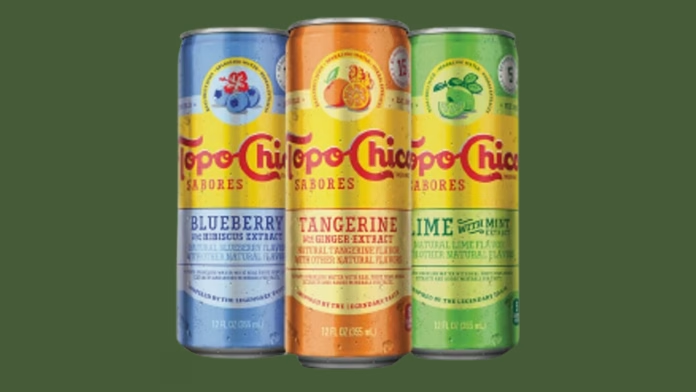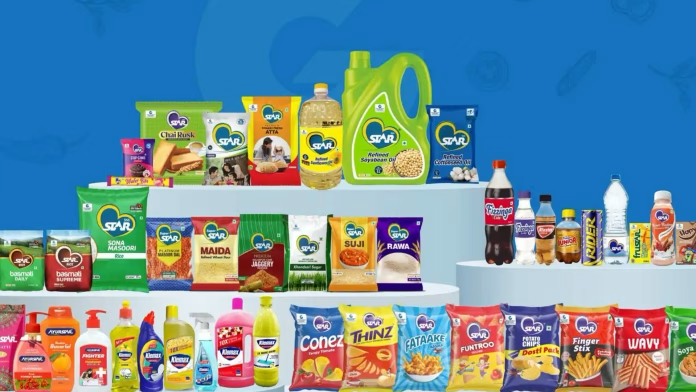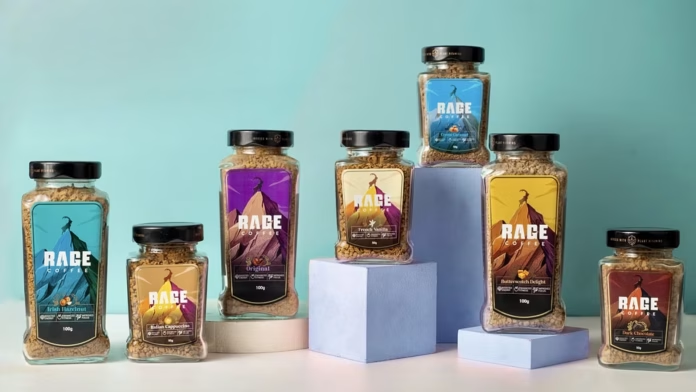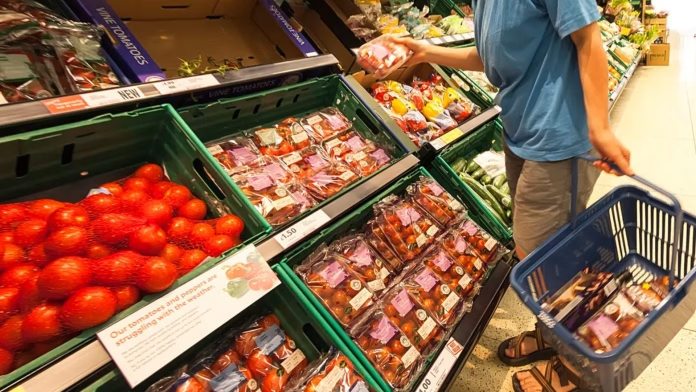Swiggy, the major player in the food delivery industry, is currently exploring the ecommerce sector in India, which is largely dominated by established names such as Flipkart and Amazon. As a part of this initiative, Swiggy is piloting a new vertical called Maxx, which is offering one-hour delivery services in certain areas of Bengaluru.
At present, Maxx has a range of products including toys, electronics, gadgets, and home and kitchen essentials. Swiggy intends to expand the product range of this vertical in the near future to include categories such as beauty and grooming, basic clothing, gardening, furnishing and decor, as well as health and fitness products.
A statement from a Swiggy spokesperson has confirmed the development.
“Customers trust Swiggy for the speed and unparalleled convenience we have brought across categories such as food delivery and quick commerce. Maxx aims to be the destination for a wide variety of home and family shopping needs, delivered in 1 hour. We are currently running a pilot program in Bangalore,” the spokesperson said.
Currently, the pilot program is only available in select areas of Bengaluru, including Indiranagar. Swiggy is providing free shipping for orders above INR 99, and discounts ranging from 30% to 60% on a wide range of products.
By entering the rapidly expanding ecommerce sector in India, Swiggy appears to be attempting to gain a portion of the market share. According to estimates, India’s ecommerce industry is anticipated to become a $400 billion opportunity by 2030, with a compound annual growth rate (CAGR) of 19% between 2022 and 2030.
After acquiring DineOut in the previous year, Swiggy has been progressively introducing new categories to expand its services. This year, the company entered the high-end grocery delivery business by launching Handpicked in Bengaluru.
In addition, Swiggy introduced Swiggy Minis, a platform that caters to niche products including snacks and beverages, personal care items, electronics, bakery products, home and decor, pet care products, and jewelry from startups and small businesses. Swiggy Minis is currently available in specific cities.
Following the ongoing funding winter and increasing losses, Swiggy, along with many other Indian startups, has shifted its attention towards profitability. In the financial year 2022, Swiggy’s net loss surged by 2.2 times to INR 3,628.9 Cr from INR 1,616.9 Cr in the previous year, mainly due to its expenses more than doubling. However, the company’s total revenue also increased by 2.2 times to INR 6,119.8 Cr in FY22 from INR 2,675.9 Cr in FY21.
Earlier this year, Swiggy announced that it would terminate the employment of 380 individuals as part of a restructuring effort to reduce costs, citing the macroeconomic headwinds.
Swiggy CEO Sriharsha Majety said, “(We) have already advanced our own timelines for profitability on food delivery and Instamart. While our cash reserves allow us to be fundamentally well positioned to weather harsh circumstances, we cannot make this a crutch and must continue identifying efficiencies…”
In a recent development, Swiggy’s investor, Invesco, lowered the valuation of the foodtech company by over 25% to $8 billion.







